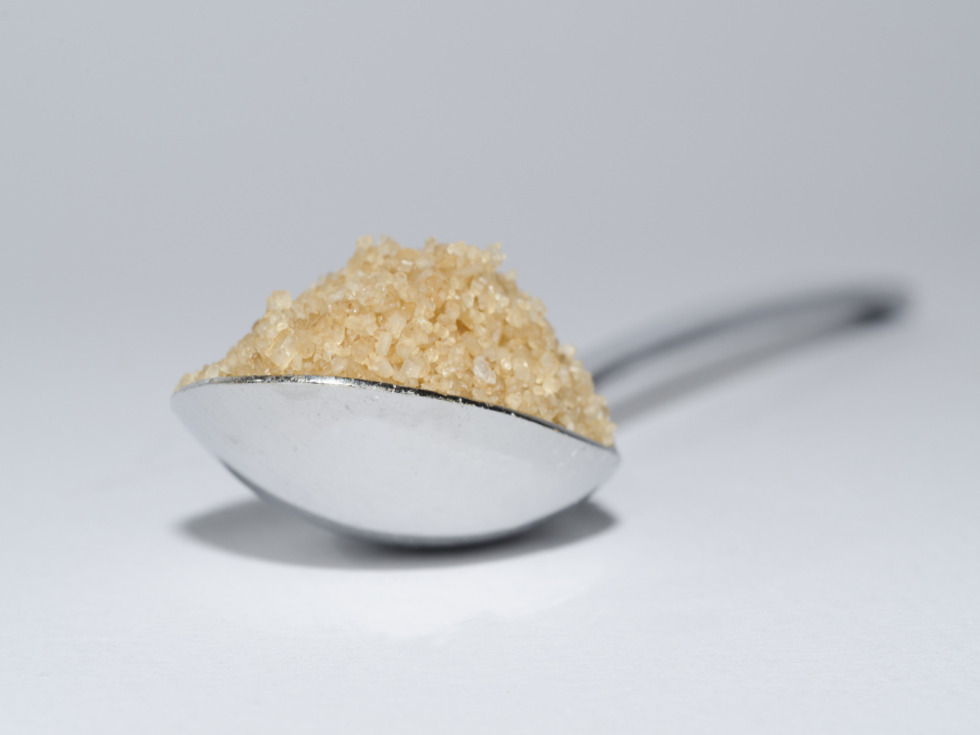It’s a challenge to use every food item you buy before it expires. Unless you’re Marie Kondo or even Tim Farris, it’s unlikely you’re organized enough to avoid any food spoilage at all. Work and family obligations can easily get in the way no matter how determined you are not to create any food waste. We’ve all reached for greens in the fridge ready to make a salad or stir fry and pulled out wilted leaves instead.
But when you know how to store foods properly, you can say goodbye to slimy, leafy greens in your fridge. You can also avoid finding a rock solid cube of brown sugar in your kitchen cabinets. Pantry items can also go bad.
It’s a common misconception that pantry items with long shelf lives can just stay on your shelves until you’ve used them up. But staples like flour, nuts, oils, and sugars actually spoil sooner than you might think. In fact some food items you’ve been storing in your pantry for years are actually much better off in the fridge, or even the freezer if you want them to last.
Here are the top 5 foods that spoil if not stored properly and and tips for keeping them fresh.
Flour
 Making bread, weighing flourGetty Images
Making bread, weighing flourGetty Images
You might think you can store white flour and whole grain flours the same way, but they actually have different shelf lives. Whole wheat and other whole grain flours made of oats, rice, rye, nuts and seeds go bad before white flour does. The best place to store these kinds of flours in the fridge or freezer.
Whole grain flours last up to 8 months in fridge and up to a year when stored in the freezer. The best way to store whole grain flour is to freeze them for at least 48 hours in the unopened original packaging. After freezing pour the flours in sealed, airtight containers and store them in the fridge.
White flour can be stored at room temperature in sealed, airtight containers for up to a year. Glass or plastic jars are best. It’s also a good idea to freeze the flour for 48 hours before transferring it to a jar. Freezing helps kill any tiny insects or eggs that might be lurking in your flour.
Nuts
 Close-Up Of Dried Fruits Spilling From JarsGetty Images
Close-Up Of Dried Fruits Spilling From JarsGetty Images
Nuts are high in oil and fat which actually makes them go bad pretty quickly. Especially when the weather warms up. While most people leave nuts in their kitchen cabinets or pantry indefinitely, they’ll start to taste rancid in under a month. What’s the best way to store nuts?
If you’re planning on using the entire bag of nuts in under a month, it’s safe to leave them in your pantry at room temperature. Transfer them to an air tight, food grade container to help them stay fresher longer.
If you won’t be using all your nuts within a month put them in an airtight container and keep them in the fridge or freezer. Nuts stored in the fridge will last for 6 months and in the freezer will keep for up to a year. You can also keep nuts fresher by buying and storing them in their shell.
Oils
 Pouring Olive OilGetty Images
Pouring Olive OilGetty Images
Here’s the 411 on oils. Unopened bottles of oil can last at room temperature for up to a year. But once the seal’s broken, oil starts to lose their flavor and nutrients in as little as two weeks!
Many of us buy large bottles of oil to save money and trips to the grocery store, but if you aren’t using the entire bottle in around 2 weeks, it’s already started to spoil. If you have a fancy bottle of olive oil that you’re using sparingly, you’ll actually get better flavor out of it by using it quickly.
The best way to store olive oil, canola oil, coconut oil, and peanut oil is in a cool, dry spot in the kitchen away from any sunlight. It might be convenient to keep oils near the stove where you can easily grab them but the temperature is likely to get hotter there. Sunlight and high temperatures make oils go rancid faster.
Sunflower, corn, and sesame oil spoil quicker and should be stored in the refrigerator. Let them sit at room temperature for about 20 minutes before using them and they’ll be ready to cook with.
Brown Sugar
 High Angle View Of Brown Sugar In Jar On TableGetty Images
High Angle View Of Brown Sugar In Jar On TableGetty Images
When you first buy brown sugar it’s soft and easy to scoop, but it can quickly go hard if not stored properly. Brown sugar is mixed with molasses which turns it into a solid rock when it drys out. To help your brown sugar last longer follow these tips.
- Transfer the brown sugar to a food grade, air tight container.
- Add in one of these brown sugar savers: a slice of apple, a terra cotta sugar saver, or even a slice of bread. These odd items help keep brown sugar soft.
- If stored properly brown sugar can stay in your air tight containers at room temperature for about 2 years.
Greens
 Green lettuce salad on wooden table, close upGetty Images
Green lettuce salad on wooden table, close upGetty Images
Mixed greens for salads and dark leafy greens for cooking can go bad quickly, even when you’re storing them in the crisper drawer of your fridge. You should always store greens like spinach, swiss chard, and lettuces in the coolest part of the refrigerator. While most greens will last for 4-5 days when stored in the fridge here’s a trick for getting your greens to last for up to 10 days or more.
- Line a plastic storage container with damp paper towels.
- Spread the greens evenly over the paper towel in a layer.
- Cover the greens with another layer of paper towels.
- Seal the container with an airtight lid.










